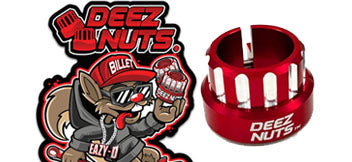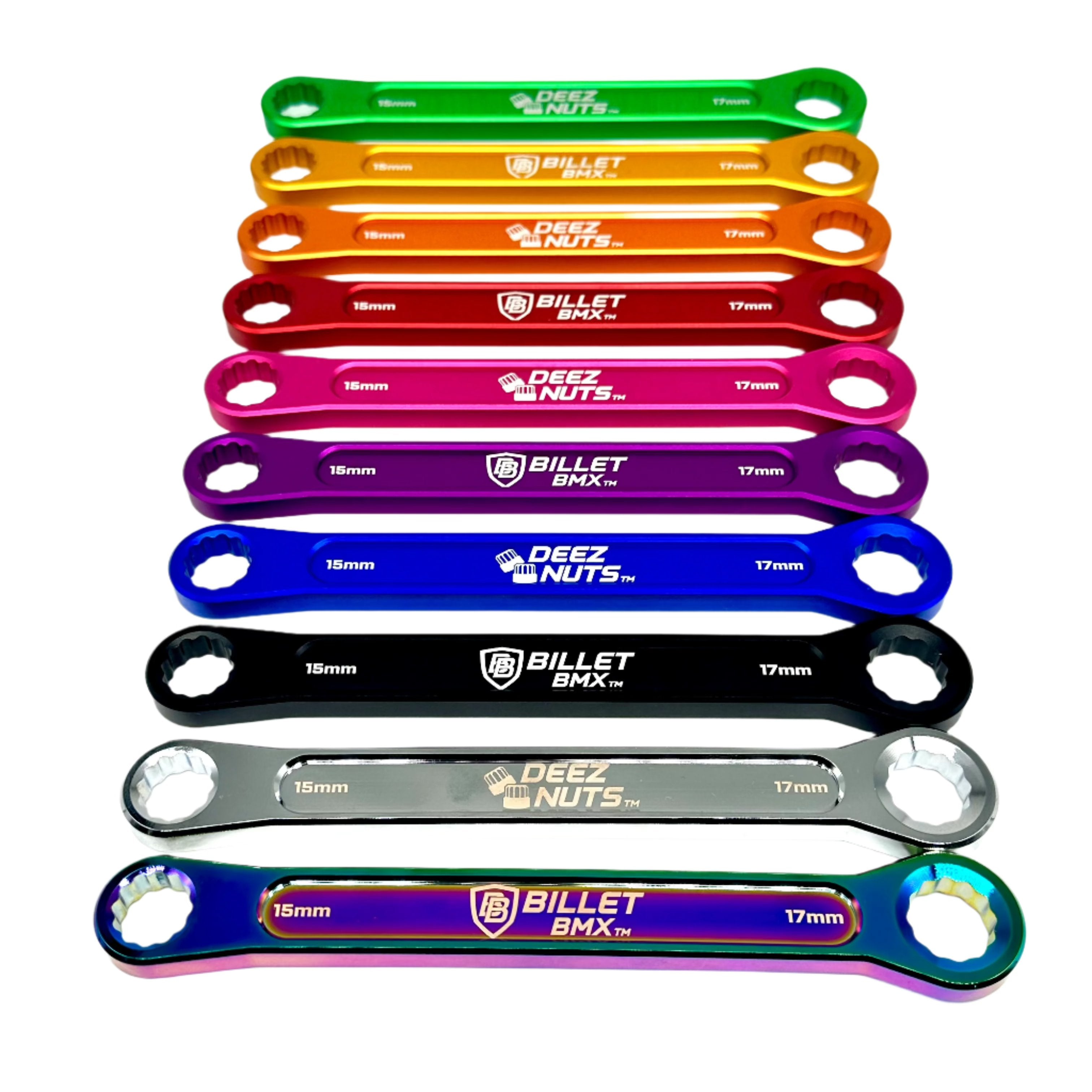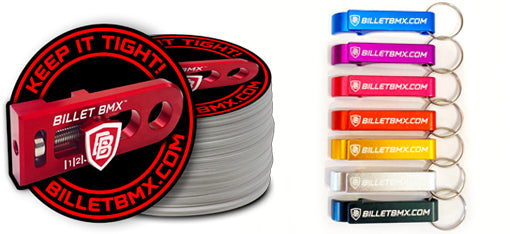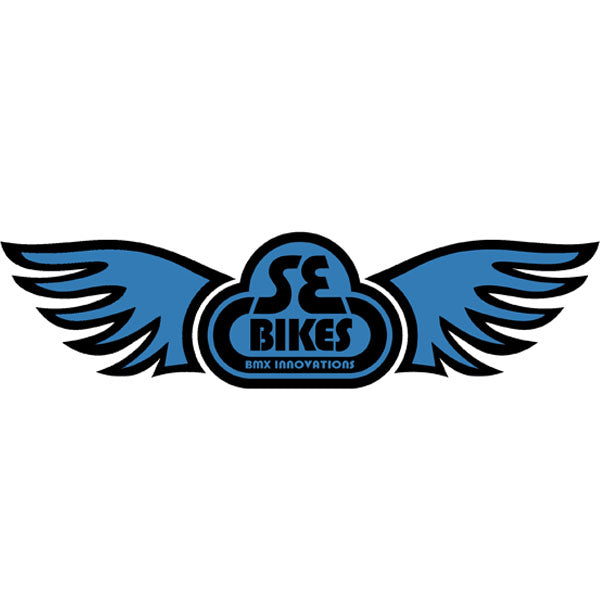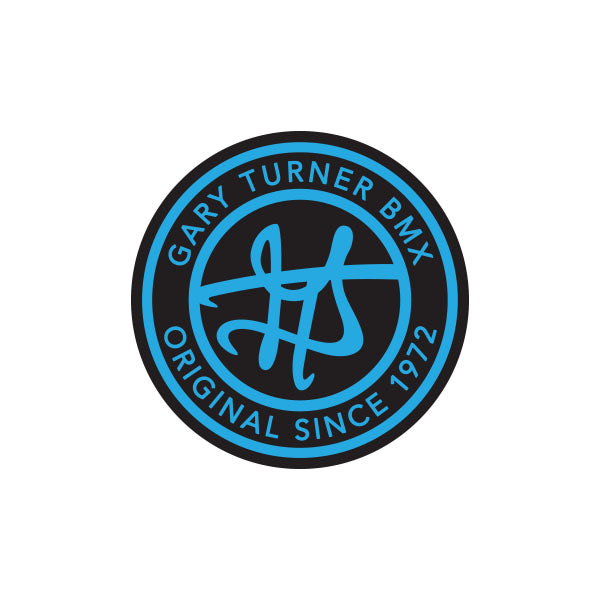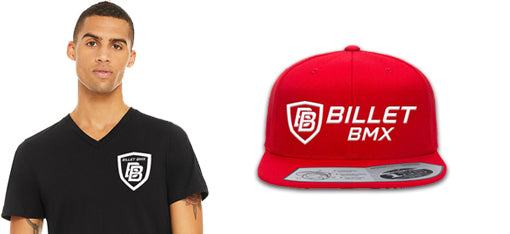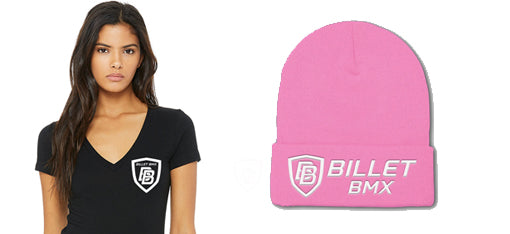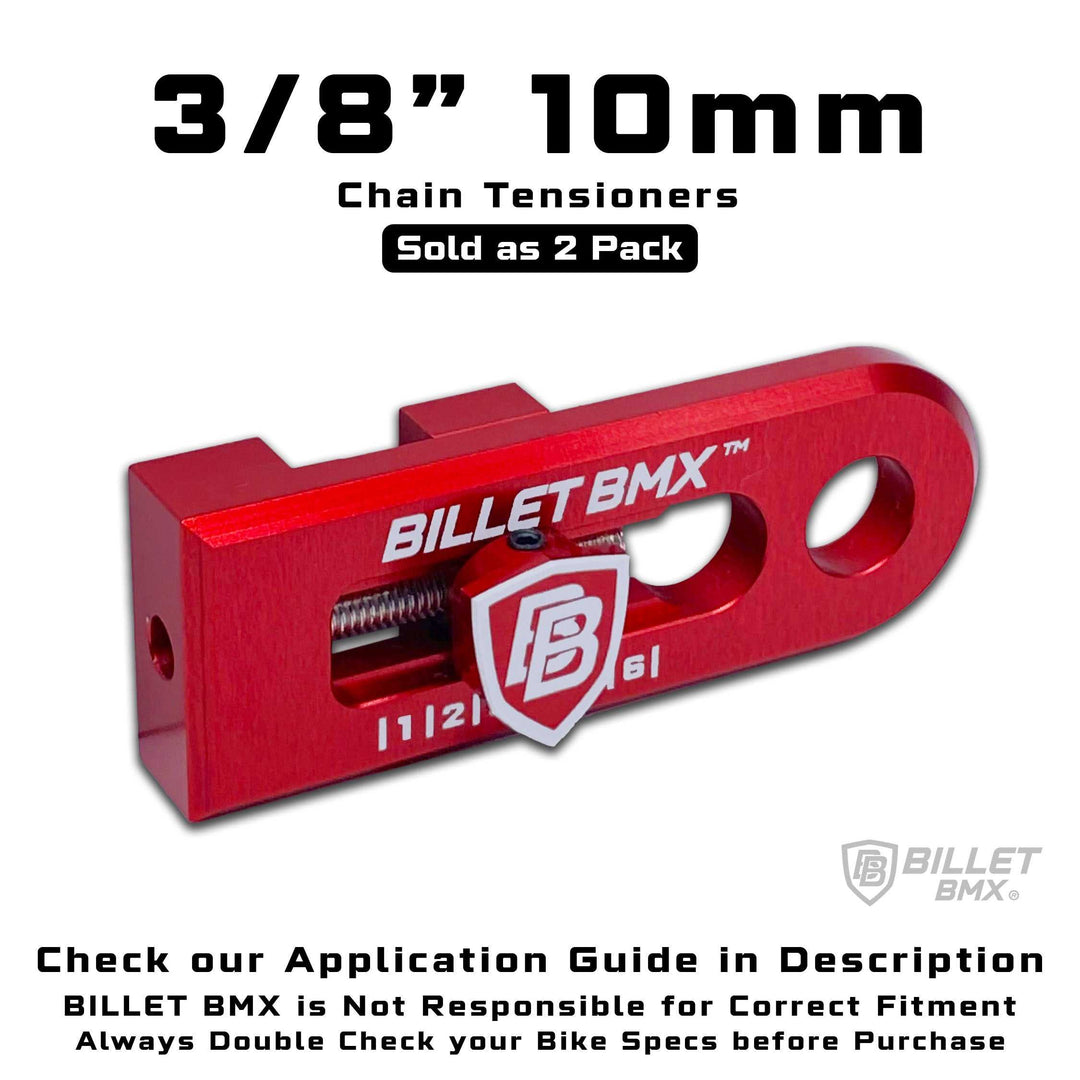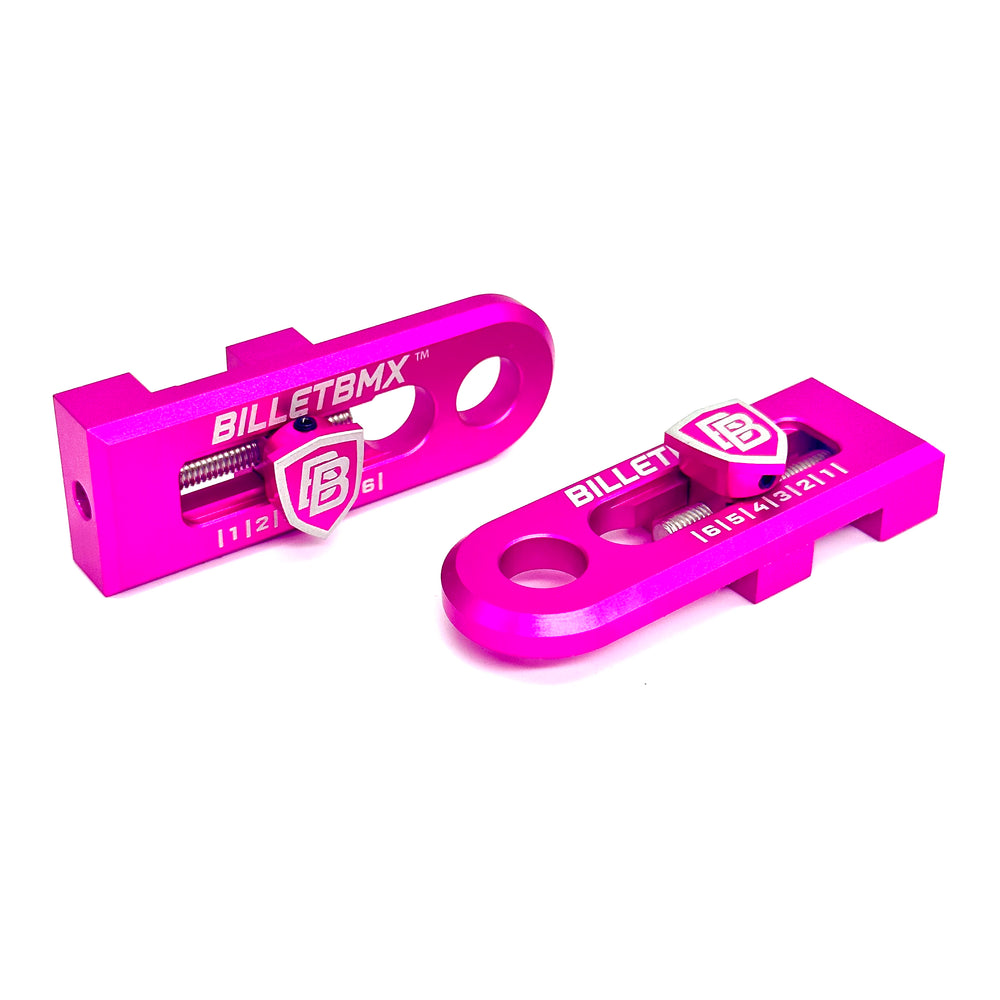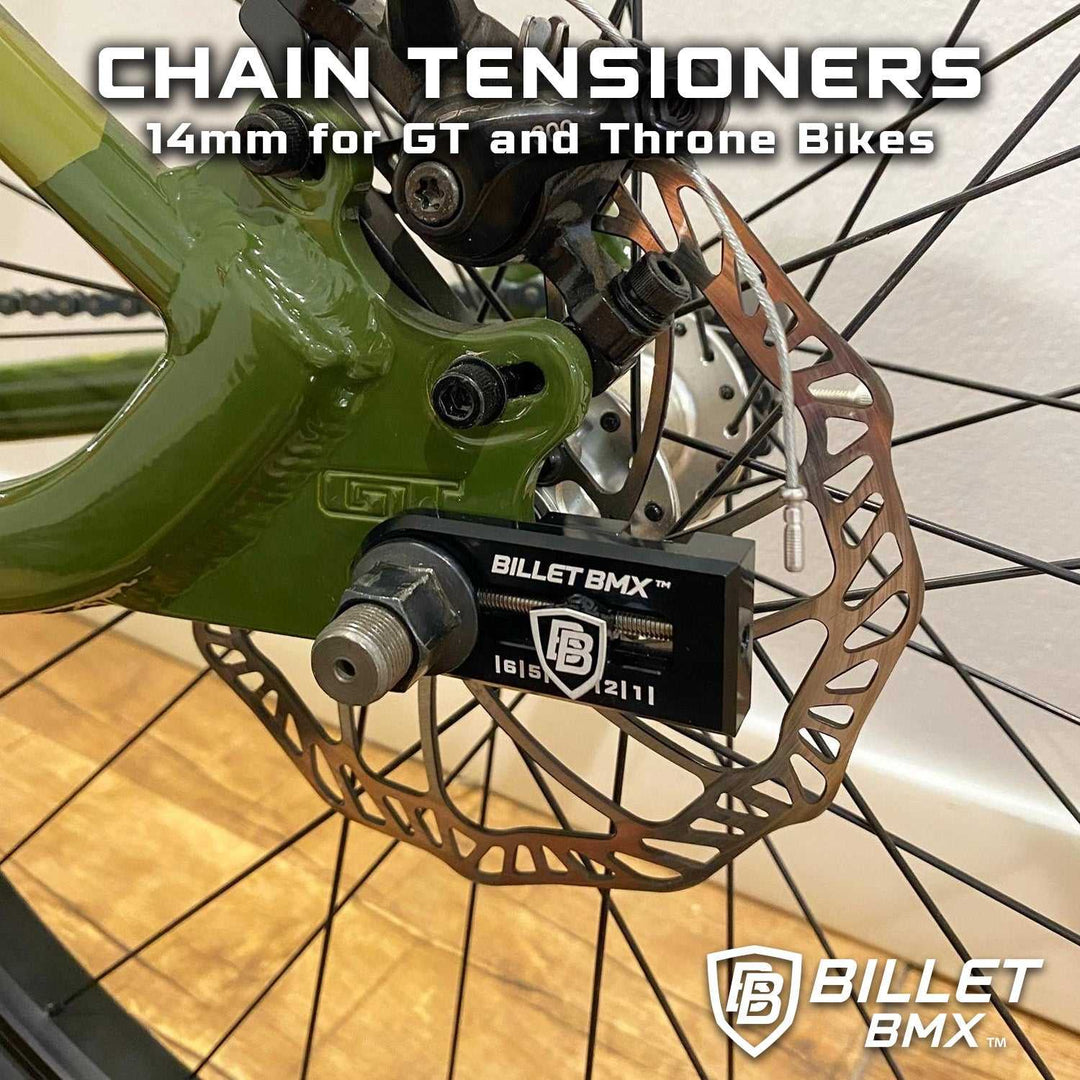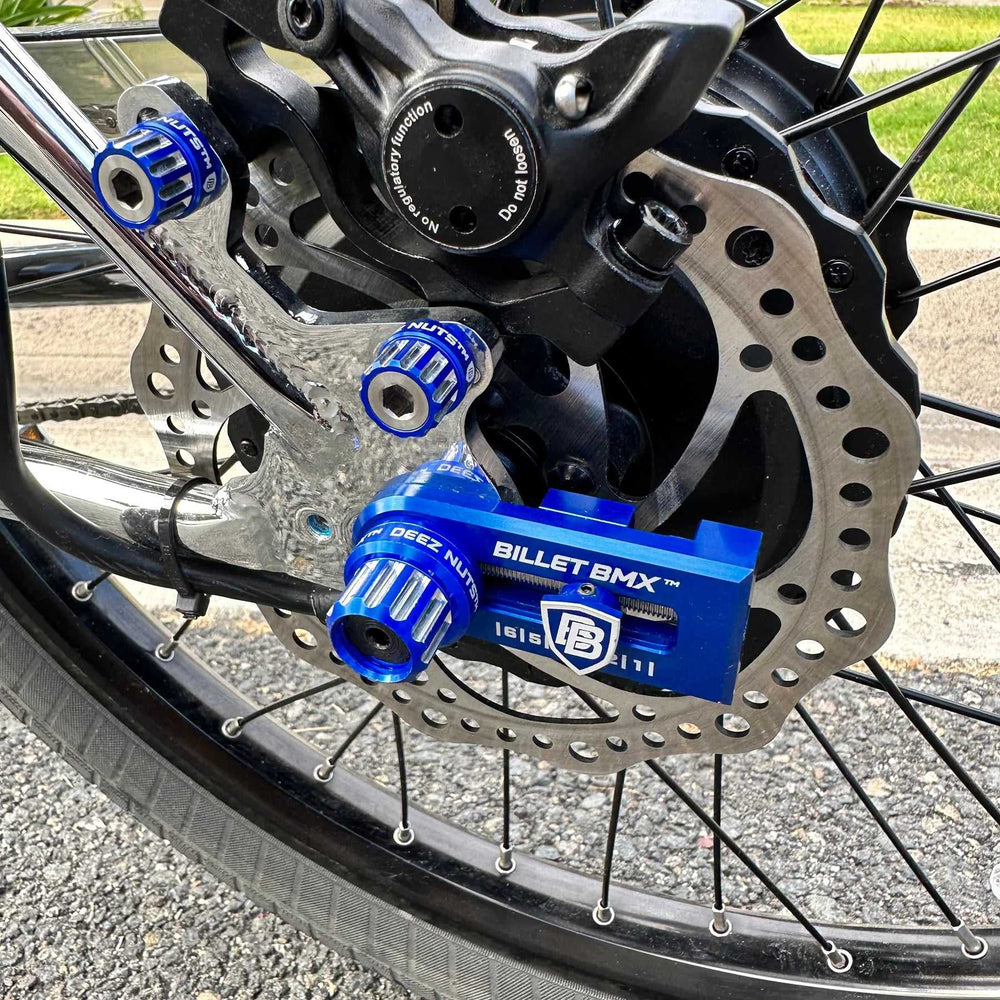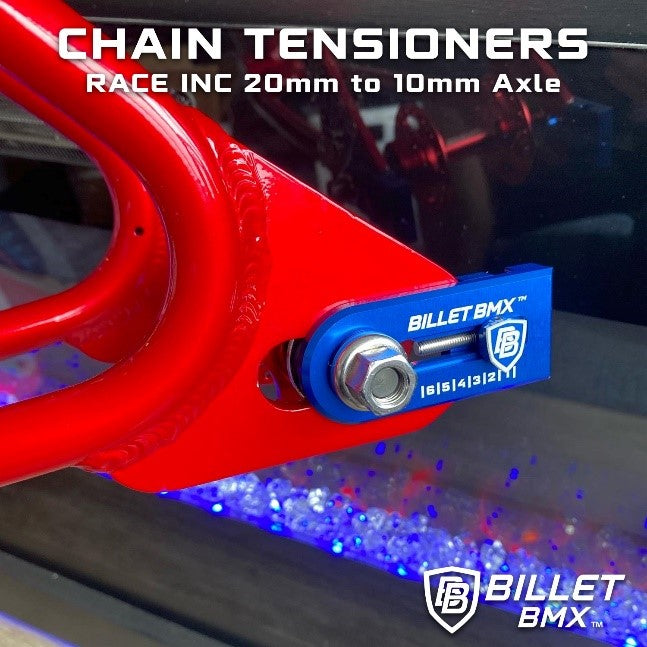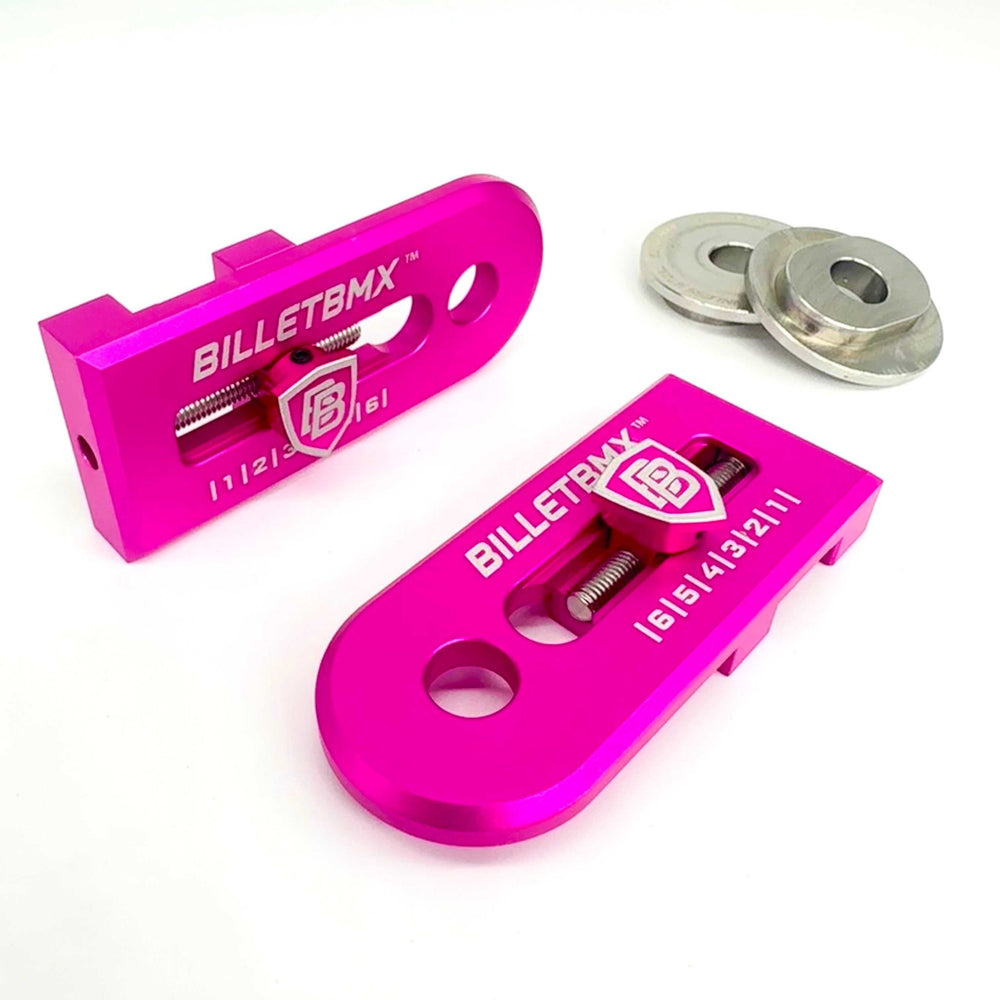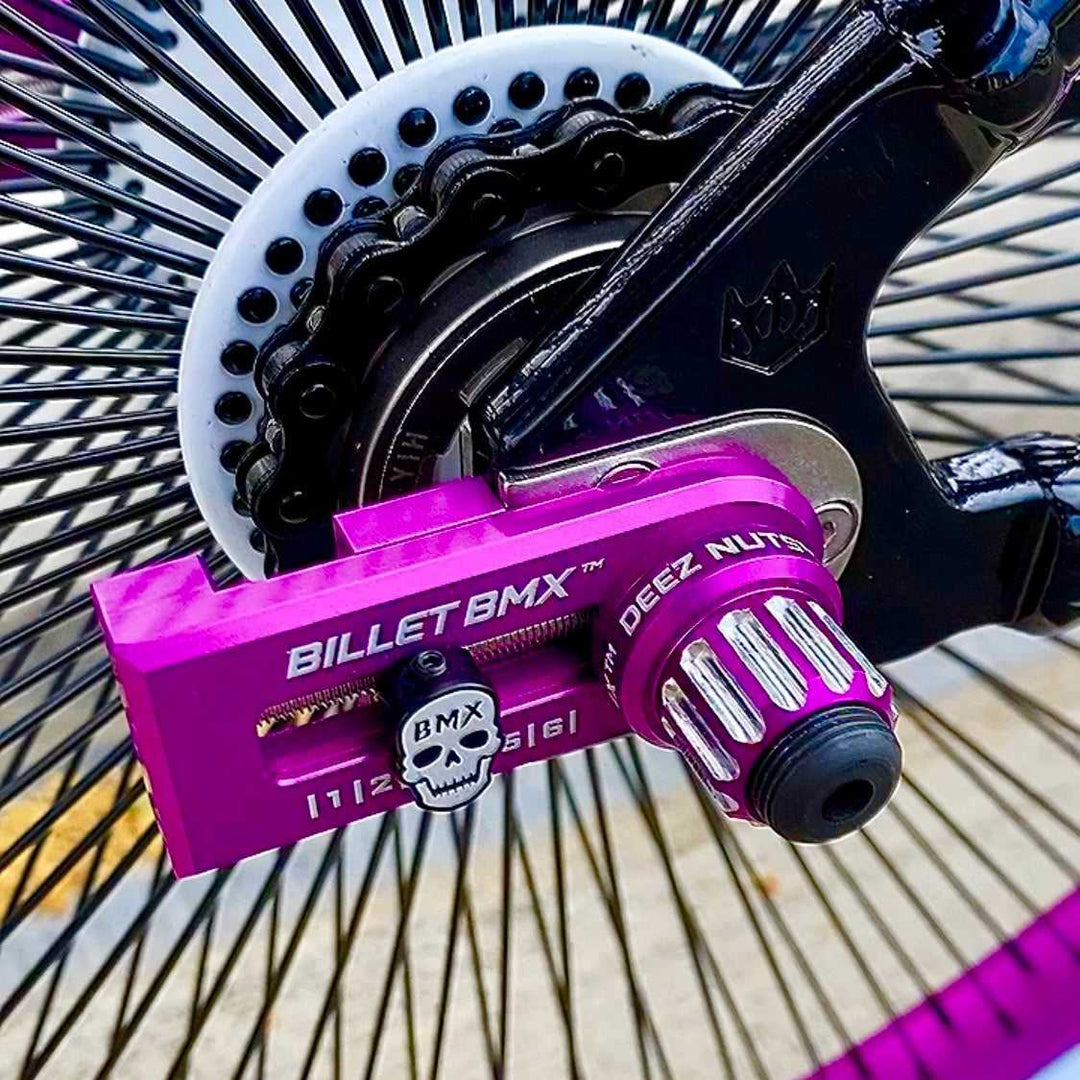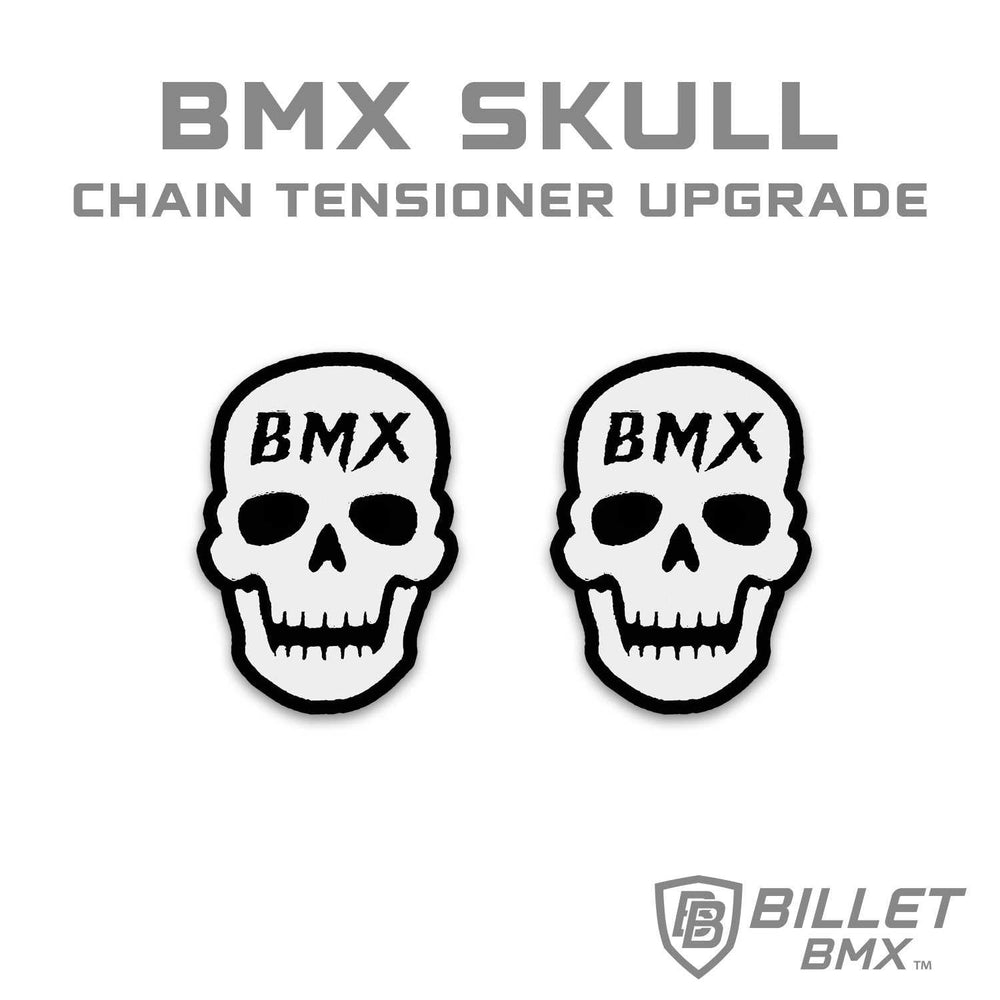BMX Bike Maintenance: When to Replace Key Parts

Keeping your BMX bike in top condition is essential for performance and safety. Regularly checking and replacing worn-out BMX bike parts ensures a smoother ride and prevents costly damage. Whether you're a casual rider or a professional, staying ahead of maintenance will extend the life of your bike and enhance your riding experience. Here’s a detailed guide on when to replace key components of your BMX bike.
Understanding BMX Bike Parts and Their Lifespan
Every BMX rider puts their bike through intense use, leading to natural wear and tear. Knowing when to replace essential BMX bike parts can improve ride quality and longevity. Even if a part isn’t completely broken, replacing it before it fails can prevent accidents and costly repairs.
When to Replace Your BMX Frame
The frame is the backbone of your BMX bike. If you notice cracks, bends, or severe rust, it's time for a replacement. Frames made from Chromoly steel tend to last longer, but heavy impacts can weaken them over time. Regularly inspect weld points and stress areas, especially if you do a lot of tricks and jumps. Replacing a compromised frame early can prevent a catastrophic failure while riding.
Signs Your BMX Wheels Need Replacing
BMX wheels endure constant impact from jumps and tricks. Inspect your rims for cracks or dents, and check if your spokes are loose or broken. If your wheels feel unstable or wobbly, it’s time for an upgrade. Additionally, check the hub bearings; if they feel rough or make noise, replacing them can restore smoothness to your ride. A good set of wheels ensures better balance, speed, and impact absorption.
Checking Your BMX Handlebars and Stem
Handlebars and stems take a lot of force during tricks. If your BMX handlebars show signs of bending or your stem fails to clamp properly, replace them to maintain control and safety. A weak handlebar can snap under pressure, leading to serious injury. If you frequently adjust your stem due to slipping, it may be time to upgrade to a more reliable one.
Replacing Your BMX Chain and Sprockets
A stretched or rusty chain affects performance and can snap mid-ride. Replace your chain if it feels loose or skips gears. Worn-out sprockets with missing or sharp teeth also need immediate attention. Keeping your drivetrain in good shape ensures efficient power transfer and a smoother ride. Regularly lubricate your chain to extend its lifespan and prevent rust buildup.
When to Get New BMX Pedals and Cranks
Pedals provide grip and control. If they lose traction or break, replace them immediately. Worn-out pedals make it harder to keep your feet in place, increasing the risk of slipping. Cranks can also weaken over time; if they creak or feel loose, it’s best to install new ones. A strong crankset is essential for power delivery and durability.
Evaluating Your BMX Brakes and Cables
Not all BMX bikes use brakes, but if yours does, inspect brake pads regularly. Worn-out pads reduce stopping power, while frayed cables can snap unexpectedly. Replace them for safe riding. Keeping your braking system in top condition ensures you have full control during high-speed rides and tricks. If you ride brakeless, ensure your feet and tires provide adequate stopping power.
Inspecting Your BMX Tires for Wear
BMX tires provide grip and control. If you notice bald spots, cracks, or frequent flats, it's time to replace them. High-quality tires enhance traction and riding stability. Different riding styles require different types of tires; street riders may need thicker tires for durability, while park riders might prefer lighter, grippier options. Always choose tires suited to your riding conditions.
Maintaining and Replacing BMX Bottom Brackets
A grinding or clicking sound in your bottom bracket indicates wear. If it feels rough when pedaling, replacing it ensures a smooth ride and prevents further damage to the cranks. Neglecting this part can lead to inefficient pedaling and excessive stress on other BMX bike parts. Regularly clean and grease the bottom bracket to extend its lifespan.
Inspecting Your BMX Seat and Seat Post
Though often overlooked, the seat and BMX seat post play a role in comfort and control. If your seat padding is torn or uncomfortable, consider replacing it. A bent or cracked seat post can affect riding posture and should be swapped out for a new one. Ensuring proper seat height and position can prevent lower back and knee strain.
Keeping Your BMX Bike Dialed
Routine maintenance and timely replacements keep your BMX bike performing at its best. Checking and replacing BMX bike parts on time prevents breakdowns and enhances performance. Keep an eye on wear and tear, listen for unusual noises, and take action before minor issues turn into major problems.
By staying proactive with inspections and replacements, you ensure your BMX bike remains reliable and safe for all your adventures. Whether you're hitting the skatepark, riding trails, or practicing tricks, a well-maintained BMX bike is the key to an enjoyable ride.


